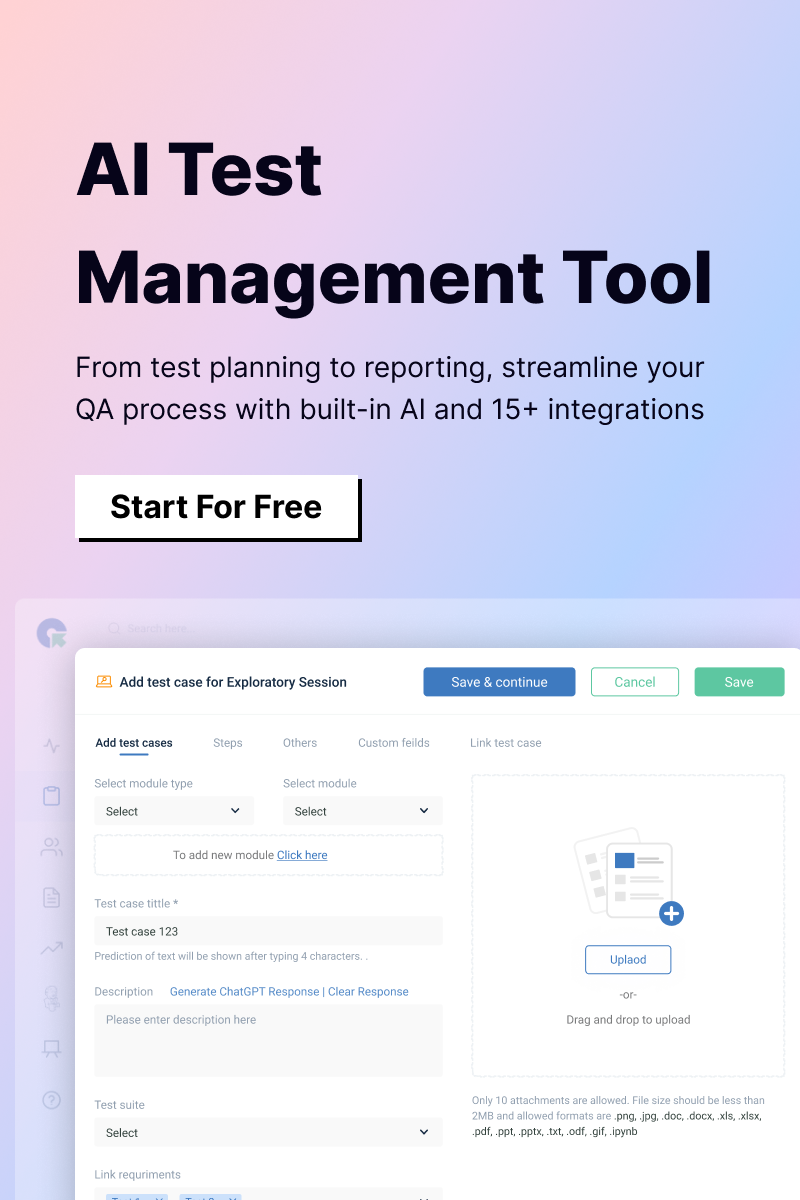Selenium, primarily for UI testing, can handle API testing when combined with libraries such as RestAssured (Java), Requests (Python), or RestSharp (C#). By integrating these libraries, you can validate APIs alongside UI interactions, creating end-to-end tests. Here’s how:
- Set Up Selenium: Install Selenium WebDriver for UI automation.
- Integrate API Libraries: Use RestAssured, Requests, or others for API validation.
- Write Tests: Validate APIs by checking status codes, response times, and payloads.
- Execute and Analyze: Run and review tests for seamless front-end and back-end integration.
How to automate backend testing?
Backend testing involves validating the data and functionality of supporting services, such as APIs, databases, and servers. Automation is achieved using tools such as Postman, REST Assured, or JMeter for API calls, SQL query tools such as SQLmap for database validation, and scripting for terminal-based tasks, such as sending jobs to a mainframe queue. These approaches ensure the backend systems are efficient, secure, and aligned with business logic.
How to automate database testing?
To automate databases, consider tools offering specific automation capabilities, such as managing database management system processes and infrastructure tasks. Before automating, evaluate:
- Eliminate Waste Processes: Ensure you’re not automating unnecessary or flawed processes to avoid introducing inefficiencies or bugs.
- Address Data Inconsistencies: Ensure data is consistent and conforms to expected structures; automation can amplify inconsistencies. Key steps in automating databases include using tools such as Liquibase, Flyway, or SQL scripts for tasks such as schema updates, data migrations, and routine maintenance, integrating them into CI/CD pipelines.
How to automate database testing using Python?
To automate database testing using Python, follow these steps:
- Set Up Environment: Install necessary libraries such as pyodbc, pymysql, or psycopg2 based on your database type.
- Connect to Database: Establish a connection to the database using the library.
- Execute Queries: Write SQL queries to fetch, validate, or manipulate data.
- Validate Results: Use assertions to compare the actual data against expected values.
- Automate Tests: Integrate with frameworks such as pytest for structured test cases.
- Run Tests: Automate test execution in CI/CD pipelines for consistent validation.
How does QA Touch enhance API testing automation using Selenium?
QA Touch enhances API testing automation using Selenium by providing a centralized platform to manage API test cases alongside UI test cases. With integration support for API testing libraries such as RestAssured (Java) or Requests (Python), QA Touch allows teams to document, execute, and track test cases efficiently. It simplifies reporting and analysis by integrating test results from automation tools, offering insights into both API and UI testing progress. Additionally, it links test management with issue-tracking tools such as Jira and Slack.



